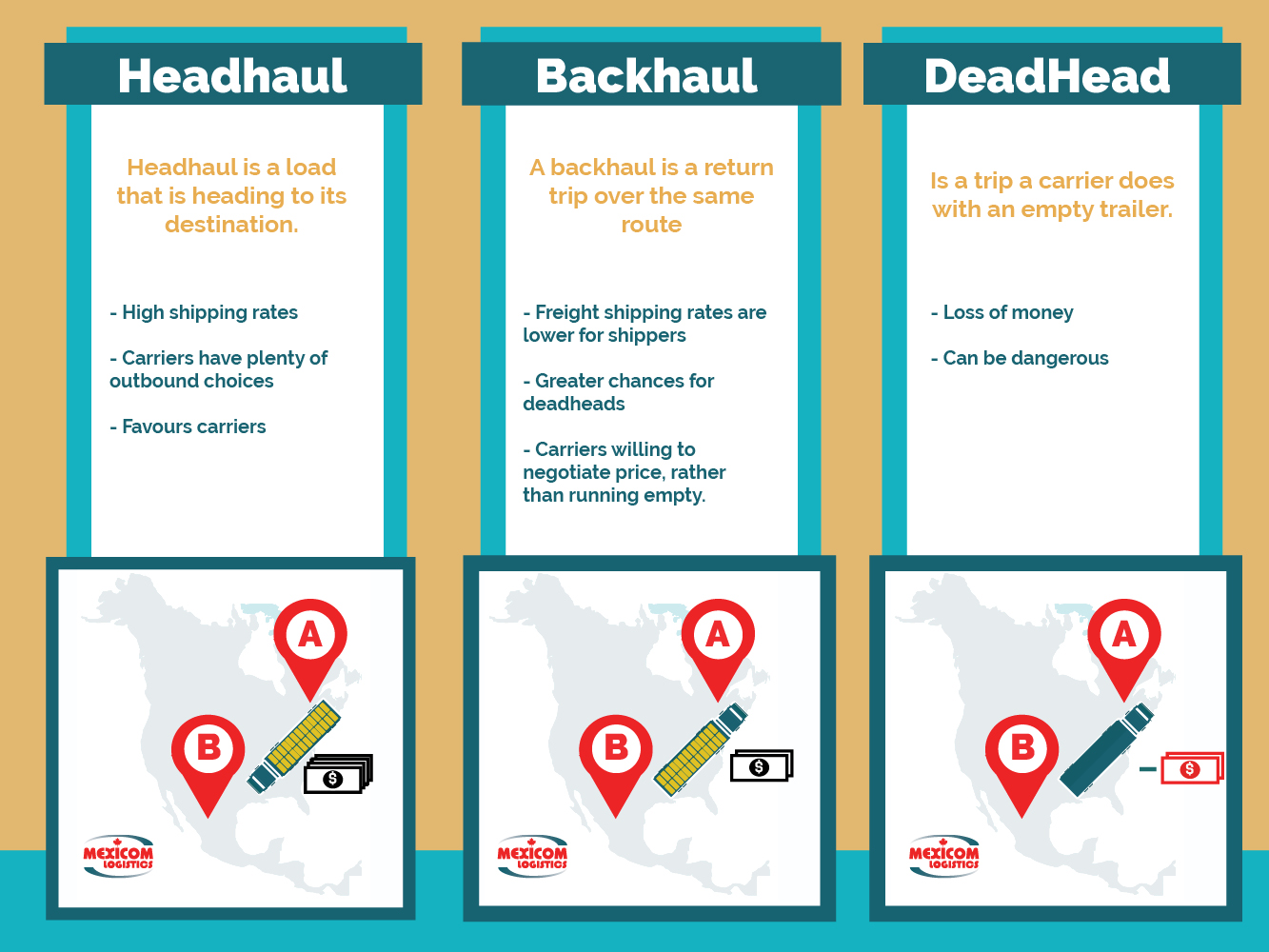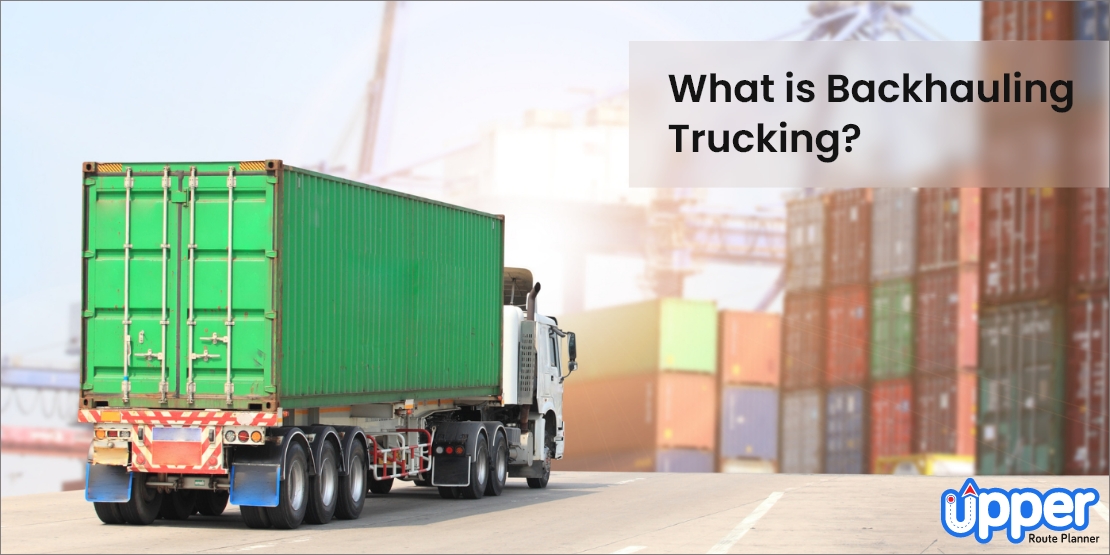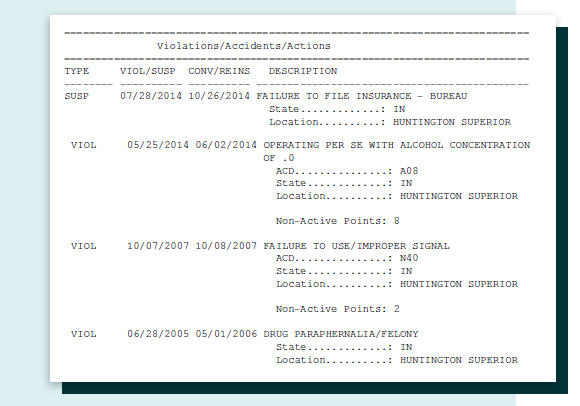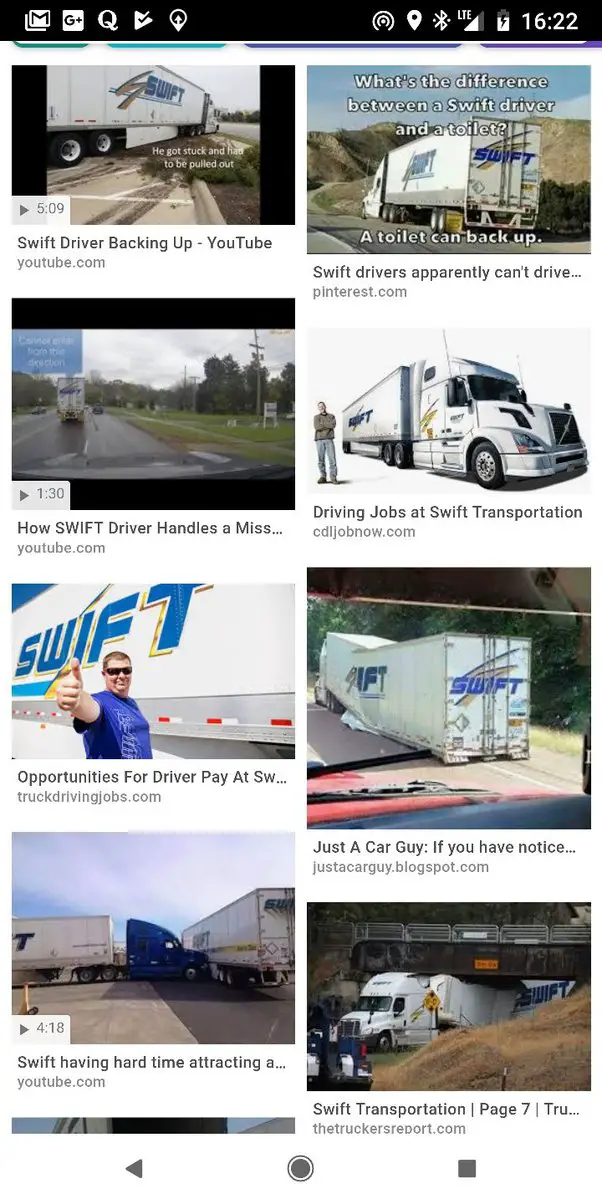
Backhauling in trucking refers to commercial truckers carrying loads on return trips, maximizing efficiency and reducing empty miles. By utilizing backhauls, truckers can transport goods back to the original point or a different location, optimizing routes and profitability.
Transportation companies such as Amazon and Walmart often use internal backhauling to enhance their fleet logistics. Backhauling plays a vital role in reducing operational costs and environmental impact by minimizing empty trips. This practice ensures that trucks are utilized to their full capacity, contributing to a more sustainable and efficient transportation system.
Understanding the concept of backhauling is essential for trucking businesses looking to streamline operations and maximize resources effectively. The strategic implementation of backhauling can lead to improved efficiency, profitability, and overall sustainability in the trucking industry.

Credit: www.teletracnavman.com
Navigate As You Want: [show]
Definition Of Backhauling In Trucking
What is Backhauling in Trucking? In the trucking industry, backhauling refers to the practice of carrying a load on the return trip of a commercial truck. So, instead of driving back with an empty truck, truckers can pick up a backhaul from the destination or somewhere along the route. Backhaul in Trucking can be beneficial in optimizing transportation efficiency and reducing empty miles. It is essential for companies to maximize their resources and minimize costs. Moreover, Backhaul can have a significant impact on fleet operations and profitability. This process is widespread in the logistics and transportation sector, contributing to a more sustainable and efficient supply chain.
Types Of Backhauling In Trucking
|
Internal backhauling: Involves a company using its own fleet to transport goods. |
|
External backhauling: Occurs when a company partners with other businesses for logistics. |
Benefits And Costs Of Backhauling
Backhauling in trucking refers to the process of transporting cargo on the return trip of a commercial truck. This allows truckers to avoid driving back with an empty truck, maximizing efficiency and reducing costs. By taking on backhaul loads, truckers can optimize their routes and increase profitability.
| Backhauling in trucking involves maximizing delivery capacity and efficiency improvements |
| The practice reduces costs by utilizing return trip loads to transport goods |
| Backhauling can significantly impact expenses and operational efficiency in the transportation industry |
Backhauling Process In Trucking
Backhauling in trucking refers to the process of transporting goods on the return trip. This method allows truckers to optimize their routes, improving overall efficiency by reducing empty miles. With accurate route and delivery time predictions, backhauling helps companies maximize their resources and minimize operational costs. By utilizing backhaul loads, truckers can capitalize on available cargo space, leading to improved profitability and sustainability. This process not only benefits the trucking industry but also contributes towards lowering emissions and reducing fuel consumption, making it a sustainable practice in the logistics sector.
How To Find Backhaul Loads
Backhauling in trucking refers to the process of finding loads for the return trip instead of driving back with an empty truck. This offers truckers the opportunity to maximize their haulage and reduce transportation costs. Backhaul loads can be found through various online platforms and freight brokers, allowing for efficient planning and resource optimization.
How to Find Backhaul Loads
– Use load boards: Utilize online load boards to search for available backhaul loads. These platforms connect truckers with shippers who need their goods transported. – Build relationships with brokers: Establishing relationships with brokers in the industry can help you find consistent backhaul opportunities. Brokers have access to a wide network of shippers and can match you with suitable loads. – Explore industry-specific resources: Research industry-specific resources such as trade associations or forums that can provide insights into backhaul opportunities for your niche. – Optimize your routing: Plan your routes strategically to maximize your backhaul potential. Look for routes with high demand or underserved areas to increase your chances of finding backhaul loads. – Consider dedicated lanes: Seek out dedicated lanes where you can establish regular backhaul contracts with specific shippers or companies. This can provide consistent work and steady income. – Stay updated on market trends: Keep an eye on market trends and changes in supply and demand. This information can help you identify emerging backhaul opportunities and adapt your strategy accordingly. Remember, finding backhaul loads requires proactive effort and research. By utilizing these strategies, you can increase your chances of securing profitable backhaul opportunities in the trucking industry.
Credit: www.upperinc.com

Credit: truckstop.com
Frequently Asked Questions For What Is Backhauling In Trucking
What Does Backhaul Mean In Trucking?
In trucking, backhaul means a load taken on the return trip to avoid driving empty.
What Is The Meaning Of Backhauling?
Backhauling in trucking means carrying a load on the return trip, reducing empty truck costs. It optimizes logistics efficiency.
What Is An Example Of Backhaul Shipping?
An example of backhaul shipping is when a trucker returns with a load from the destination to the origin. This helps prevent empty return trips, maximizing efficiency and reducing costs in trucking logistics.
What Is The Backhaul Process?
Backhaul is the process of transmitting data signals from remote locations or networks back to central ones in either a wired or wireless fashion. It serves as the backbone linking various networks and sub-networks, capable of high-speed data transmission.
Conclusion
Backhauling in trucking is a strategic process that enables commercial truckers to maximize their transportation efficiency and minimize costs. By picking up a return load on their way back from a delivery, they can optimize their routes and reduce empty truck miles.
This practice is crucial for creating sustainability within the industry and enhancing overall operational productivity.




